1. Excessive Lawn Ornaments

From whimsical gnomes to solar-powered spinning flowers, too many ornaments create visual clutter and dilute design intent. What starts as personality often snowballs into distraction. Guests wonder what to admire—and what to ignore. Decor turns into detour.
A few meaningful pieces go a long way, but excess makes your lawn feel like a novelty shop. Thoughtful placement creates rhythm, not randomness. Less whimsy, more whisper. Let your garden breathe between the jokes.
2. Decorative Concrete Borders
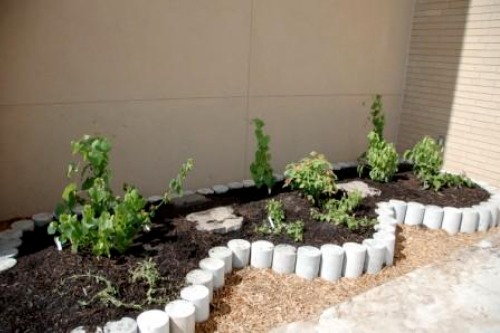
Rigid, scalloped concrete edging once spelled control—but now it reads as suburban nostalgia stuck in neutral. It can clash with organic landscaping and dominate smaller garden beds. Instead of elegance, it offers over-definition. Borders shouldn’t feel like barricades.
Contemporary landscape design favors softer lines and mixed materials—stone, wood, or planted hedges. When edging overpowers the space, plants become props. Frame with gentleness. Your garden isn’t a diagram.
3. Overgrown Shrubs Around the Foundation
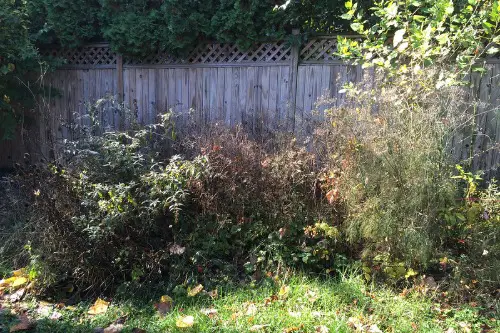
Foundation plantings are meant to frame your home—but when shrubs go unchecked, they overpower instead of highlight. Dense foliage can obscure architectural details, trap moisture, and make the exterior feel closed-off. Instead of cozy, it reads as forgotten. Landscaping turns from support act to cover-up.
Homeowners often think bigger is better, but oversized greenery muddles proportions and dates the entire facade. A few trimmed, well-placed shrubs do more than a forest ever could. Visibility equals vitality. Your house deserves breathing room.
4. Red Dyed Mulch Everywhere
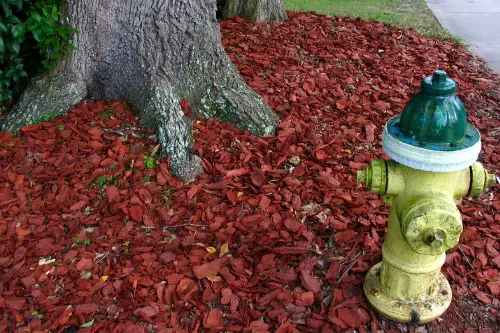
Bold red mulch may seem like an easy pop of color, but it instantly signals an outdated approach to curb appeal. The artificial hue clashes with most plant tones and fades unevenly over time. Instead of framing flower beds, it distracts from them. The ground steals the show—for the wrong reasons.
More natural tones like dark brown or pine straw blend with seasons and age gracefully. When mulch screams, the garden stops speaking. Subtle beats synthetic. Soil should support, not star in the landscape.
5. Colored Lighting with No Context
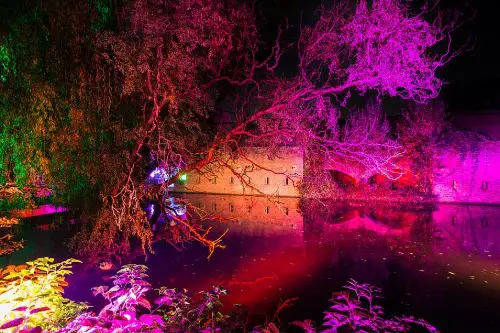
Bright blues, purples, or greens cast onto tree trunks or walkways may seem modern, but often skew toward novelty. Without a cohesive design plan, it feels theatrical—not thoughtful. Guests feel like they stumbled onto a set, not a sanctuary. The light detracts instead of delights.
Stick to warm white tones or subtle amber to highlight foliage and texture naturally. Let lighting hug the garden, not hijack it. Drama has its place—but not always on the lawn. Illumination should whisper, not shout.
6. Faux Rock Features
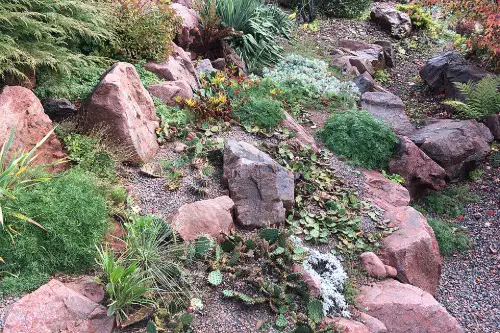
Plastic boulders or molded stone edging often attempt rustic appeal but end up reading as visual shortcuts. The texture rarely fools the eye, especially up close, and the artificiality ages quickly. What’s meant to look grounded feels staged. Garden geology should come from the earth.
Real stone adds weight, depth, and timelessness—faux versions chip at all three. Nature doesn’t need mimicry. Choose materials that age into beauty, not break into disappointment. Authenticity anchors the landscape.
7. Patchy Ground Cover in High-Traffic Zones
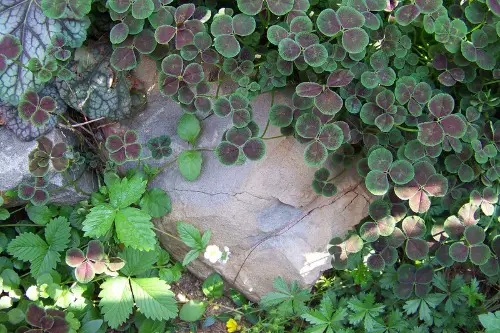
Ground cover like creeping thyme or ivy can soften a yard—but in areas where feet frequently tread, it thins quickly and looks neglected. What should be lush becomes inconsistent. It signals effort without follow-through. Bare spots become attention sinks.
Consider hardy grasses or gravel pathways where movement matters. Landscaping should anticipate reality, not ignore it. Plants love planning. Coverage works best with intention, not hope.
8. Retaining Walls with Cracked Mortar
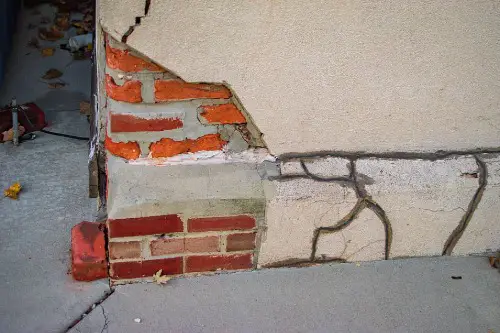
A retaining wall anchors elevation—but cracked mortar, leaning stones, or visible moss tell another story. Instead of support, it whispers collapse. Aging infrastructure casts a shadow on the entire yard. Weak walls weaken appeal.
Periodic maintenance preserves both function and form. Retaining doesn’t just mean holding—it means hosting. Structure should serve and soothe. Repair before the cracks make their own introduction.
9. Overuse of Edging Materials
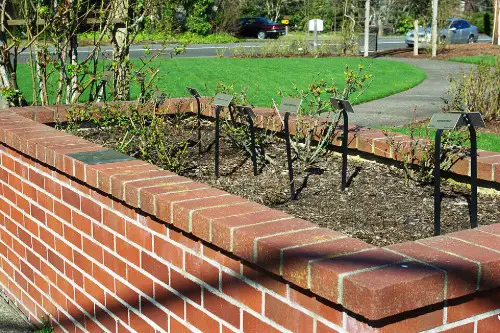
Plastic, brick, rubber—too many materials trying to define garden zones often clash visually and create confusion. The intent is organization; the result is fragmentation. Instead of a cohesive flow, you get a quilt of mismatched boundaries. The yard reads like a spreadsheet.
Stick to one or two consistent edge treatments and let the plants carry the personality. Simplicity leads the eye—and soothes the space. Flow is a feeling. When edges align, everything follows.
This post 9 Common Landscaping Tricks That Age Your Home Overnight was first published on Greenhouse Black.
